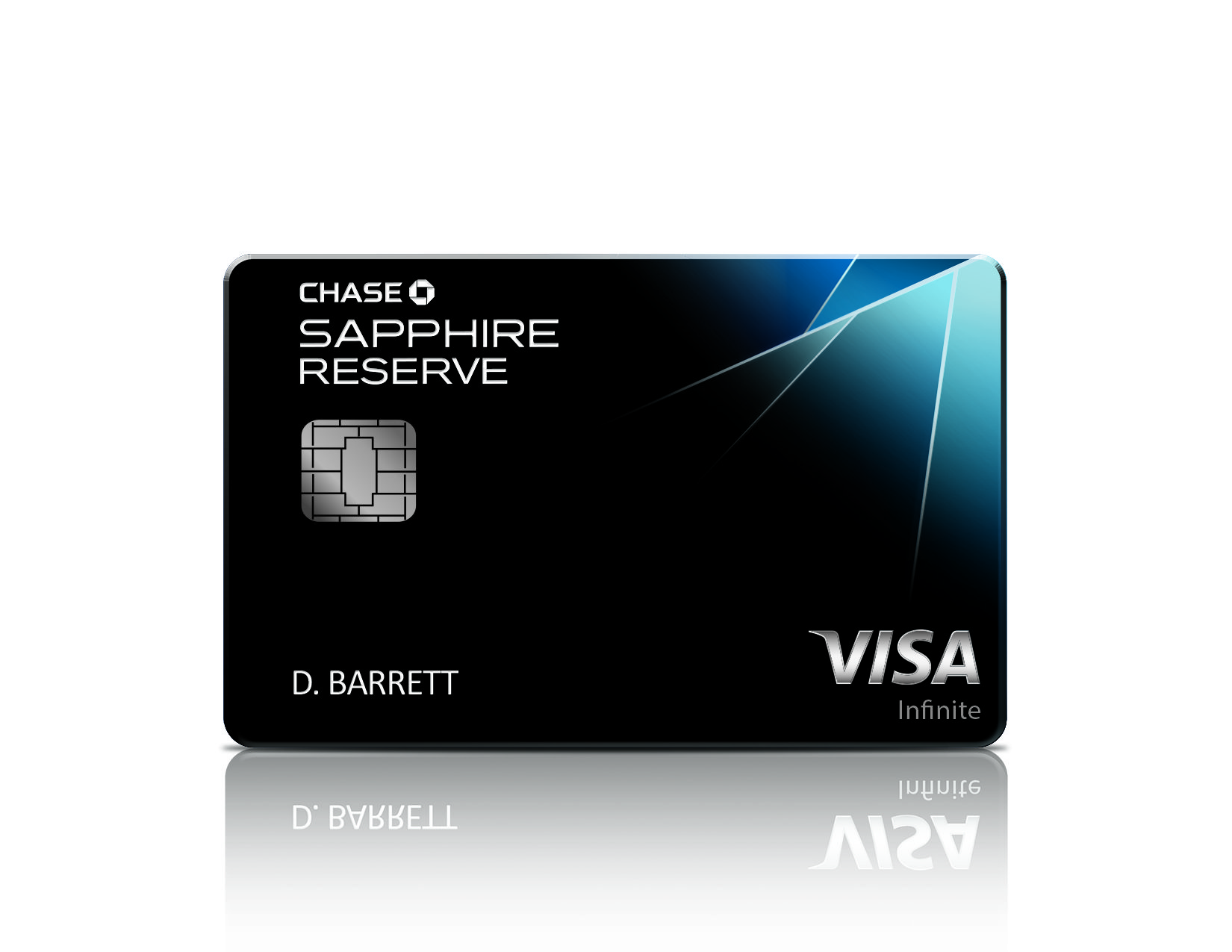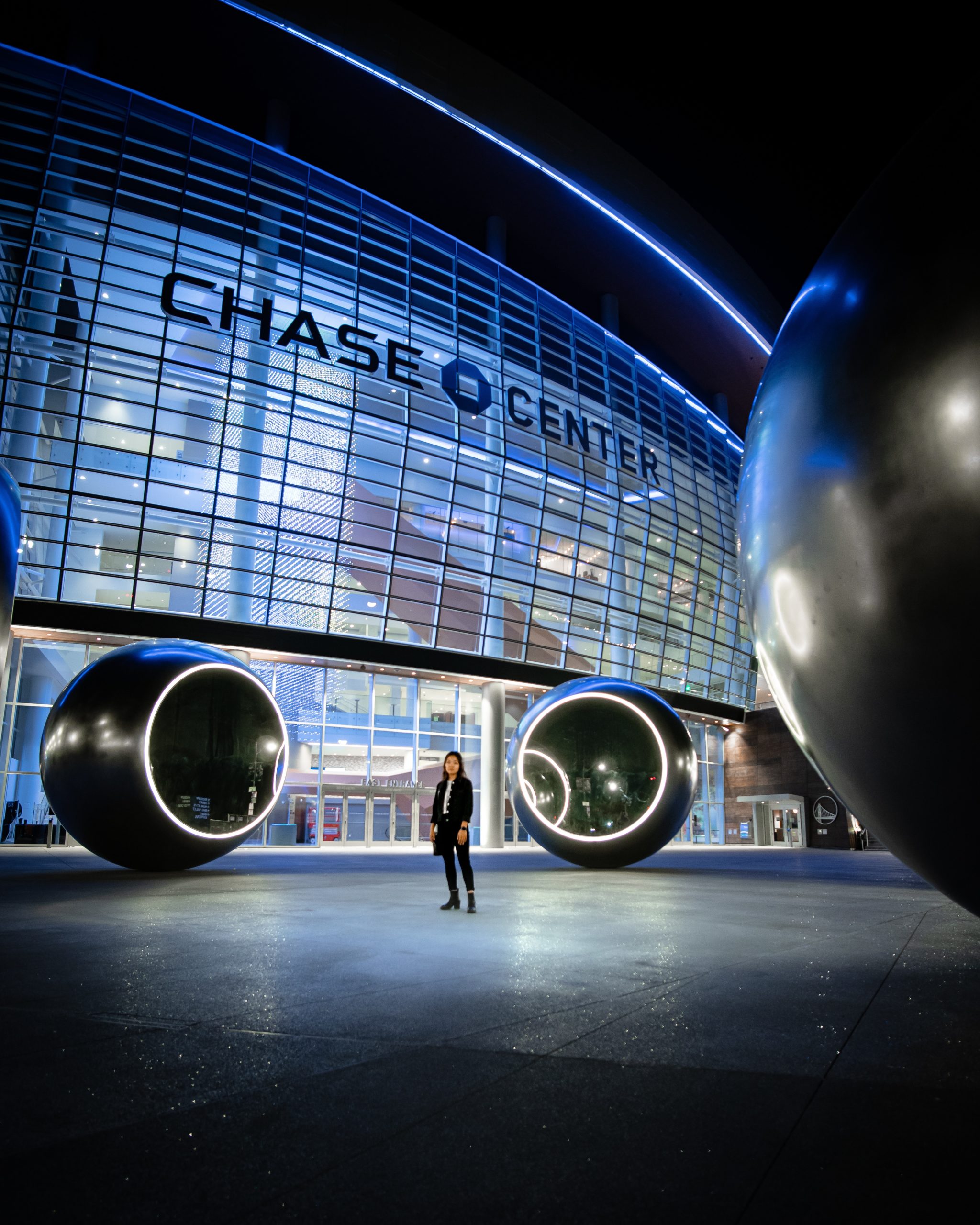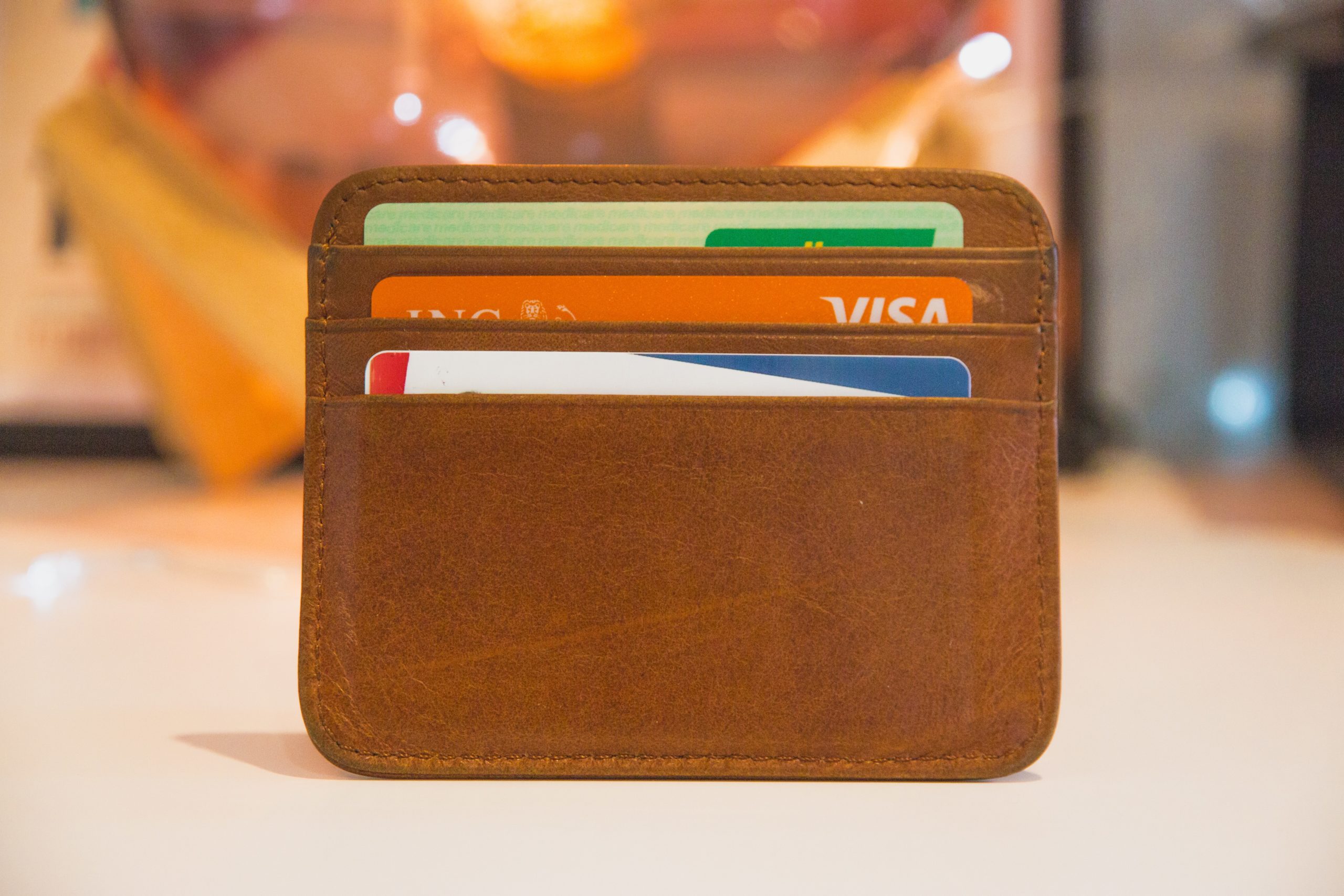The Chase Sapphire Reserve is one of the best points and miles cards in the industry. It’s also one of my favorite cards and the one I use for my dining and travel purchases. Chase’s premium card is celebrating a “cardholder anniversary” this week as Wednesday, August 21 marks three years of the Chase Sapphire Reserve.
Three years is a long time for many people and events. In fact, there have been a plethora of credit cards that have been released and discontinued since August 2016. Meanwhile, the Sapphire Reserve has remained strong despite some changes. This post highlights what has changed with the Sapphire Reserve since its release in 2016.
Sign-Up Bonus
The Chase Sapphire Reserve had one of the highest and most generous sign-up bonuses when it was released. It was so great that it made national headlines in even non-points and miles news. The card’s bonus was worth a groundbreaking 100,000 Ultimate Rewards (UR) points that can be earned after spending $4,000 within the first three months. It could have paid for the card’s $450 annual fee (NOT waived the first year) for the first two years assuming a 1 cent per point (CPP) valuation.
However, the bonus was so generous and powerful that Chase had to cut it in half to rein in costs. For most of its lifespan, the Sapphire Reserve has had a bonus worth 50,000 UR points for the same $4,000 minimum spend. The revised bonus remains today.
Perks
The Chase Sapphire Reserve might not have the number of perks that the American Express Platinum Card has. However, the perks that it does have are some of the best for most travelers. Chase did not get everything right upon releasing the card and executives took notice. Therefore, Chase executives tweaked some of the rules associated with the Sapphire Reserve’s perks.
$300 Annual Travel Credit and Points
The Sapphire Reserve’s $300 annual travel credit was revolutionary when the card came out in 2016. It was so revolutionary because it could be used for general travel and not just for airfare. The next-closest perk to this was the American Express Platinum Card’s $200 Airline (Incidental) Credit, which was limited to just airline incidentals and gift cards.
People loved Chase’s credit so much that the bank had to rein it in somehow. They decided that any purchases that would be reimbursed with the credit would no longer earn 3x UR points for travel. This move made sense for Chase because consumers would already be getting their entire purchase back. Furthermore, earning points for spending absolutely nothing does not make any sense.
Priority Pass Membership Policy
Priority Pass airport lounge access is a staple benefit among premium credit cards. Its presence on the Sapphire Reserve do not make the card an exception. When the Sapphire Reserve was first released, Chase and Priority Pass had a very generous policy. Primary cardholders were allowed an unlimited amount of people into the lounges with them. However, that rule was unsustainable for the lounges and for Chase (who was trying to rein in costs).
The new rule is that the primary cardholder and up to two guests can enter the lounges. However, authorized users can also bring themselves plus up to two guests of their own. Adding an authorized user to the Sapphire Reserve costs an extra $75 per year per user. But the extra cost could be worth it for families of at least four who travel often.
SBE Hotel Perks Added
In March 2019, Chase added SBE hotel perks to the Sapphire Reserve. This was a nice effort to compete with American Express’ Fine Hotels & Resorts program. You will receive the following benefits at one of participating properties:
- Fourth night free (only applies to if four consecutive nights are booked)
- $30 hotel credit per room, eligible towards food and beverage
- Complimentary hotel room upgrades (when available)
- Complimentary Wi-Fi
- Daily continental breakfast for two people
- Late check out (when available)
Final Draw
The Sapphire Reserve was the most powerful card in Chase’s lineup and remains so since its release three years ago. Chase’s top card was groundbreaking three years ago as demand for it heavily outweighed supply. In fact, Chase had to issue plastic versions of the Sapphire Reserve because the card manufacturing company ran out of metal. Those who were issued plastic cards could have requested metal versions.
Chase had to make some tweaks to their sign-up bonus and some perks because they knew they had a fantastic card. Cost-cutting for a successful product is a rarity in most industries. But according to Bloomberg.com, the card’s generous offerings cost Chase $300 Million (H/T) that they are still trying to recoup in a long-term play.
Nonetheless, I love my Chase Sapphire Reserve and so do a plethora of points and miles enthusiasts. It’s one of the best cards out there for discounted or free travel.
Apply Today: Chase Sapphire Reserve











